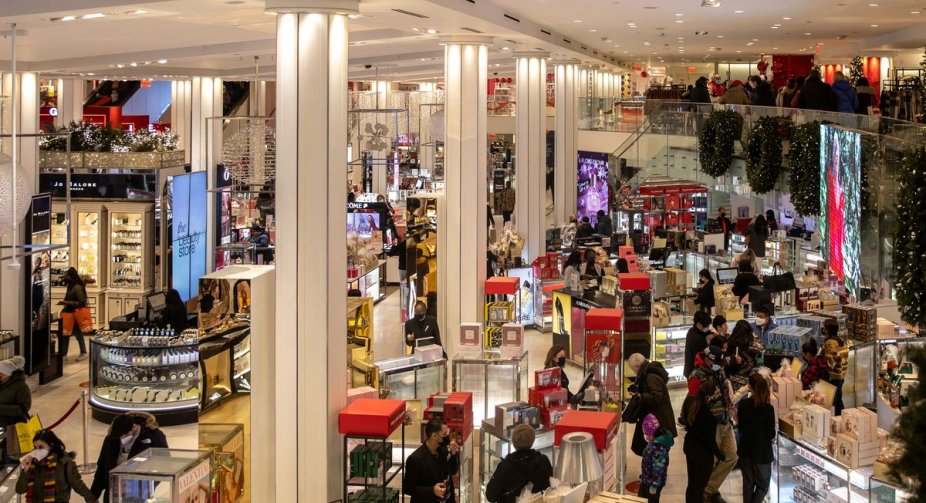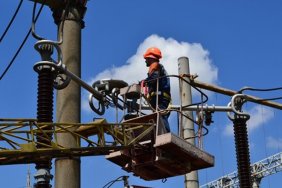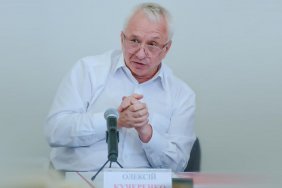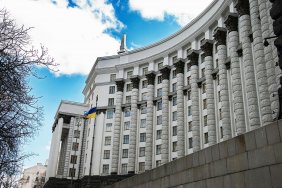U.S. consumer spending rose more than expected in June as vaccinations against COVID-19 boosted demand for travel-related services and recreation, but part of the increase reflected higher prices, with annual inflation accelerating further above the Federal Reserve's 2% target.
Consumer spending, which accounts for more than two-thirds of U.S. economic activity, rebounded 1.0% last month after dipping 0.1% in May, the Commerce Department said on Friday.
Nearly half of the population has been vaccinated against COVID-19, allowing Americans to travel, frequent restaurants, visit casinos and attend sporting events among services-related activities that were curbed early in the pandemic.
While spending on goods remains strong, the pace has slowed amid shortages of motor vehicles and some household appliances, whose production has been hampered by tight supplies of semiconductors across the globe.
The data was included in the second quarter gross domestic product report published on Thursday. Consumer spending grew at a robust 11.8% annualized rate last quarter, accounting for much of the economy's 6.5% growth pace, which lifted the level of GDP above its peak in the fourth quarter of 2019.
With demand outpacing supply, inflation is heating up.
The personal consumption expenditures (PCE) price index, excluding the volatile food and energy components, rose 0.4% in June after advancing 0.5% in May. In the 12 months through June, the so-called core PCE price index shot up 3.5%. The core PCE price index increased 3.4% year-on-year in May.
Economists polled by Reuters had forecast consumer spending increasing 0.7% and the core PCE price index surging 3.7% year-on-year. The core PCE price index is the Federal Reserve's preferred inflation measure for its flexible 2% target.
The U.S. central bank on Wednesday kept its overnight benchmark interest rate near zero and left its bond-buying program unchanged.






